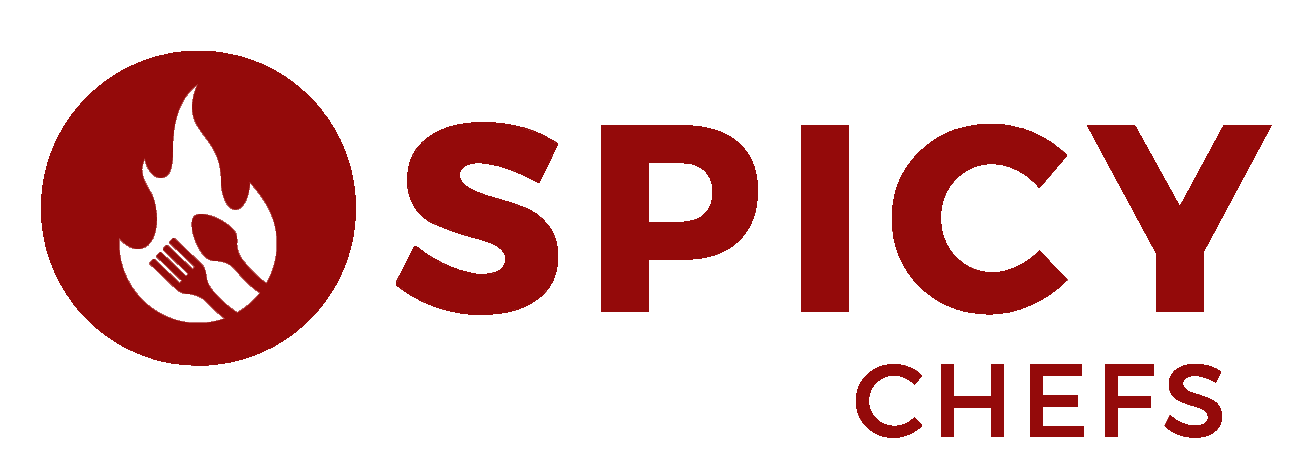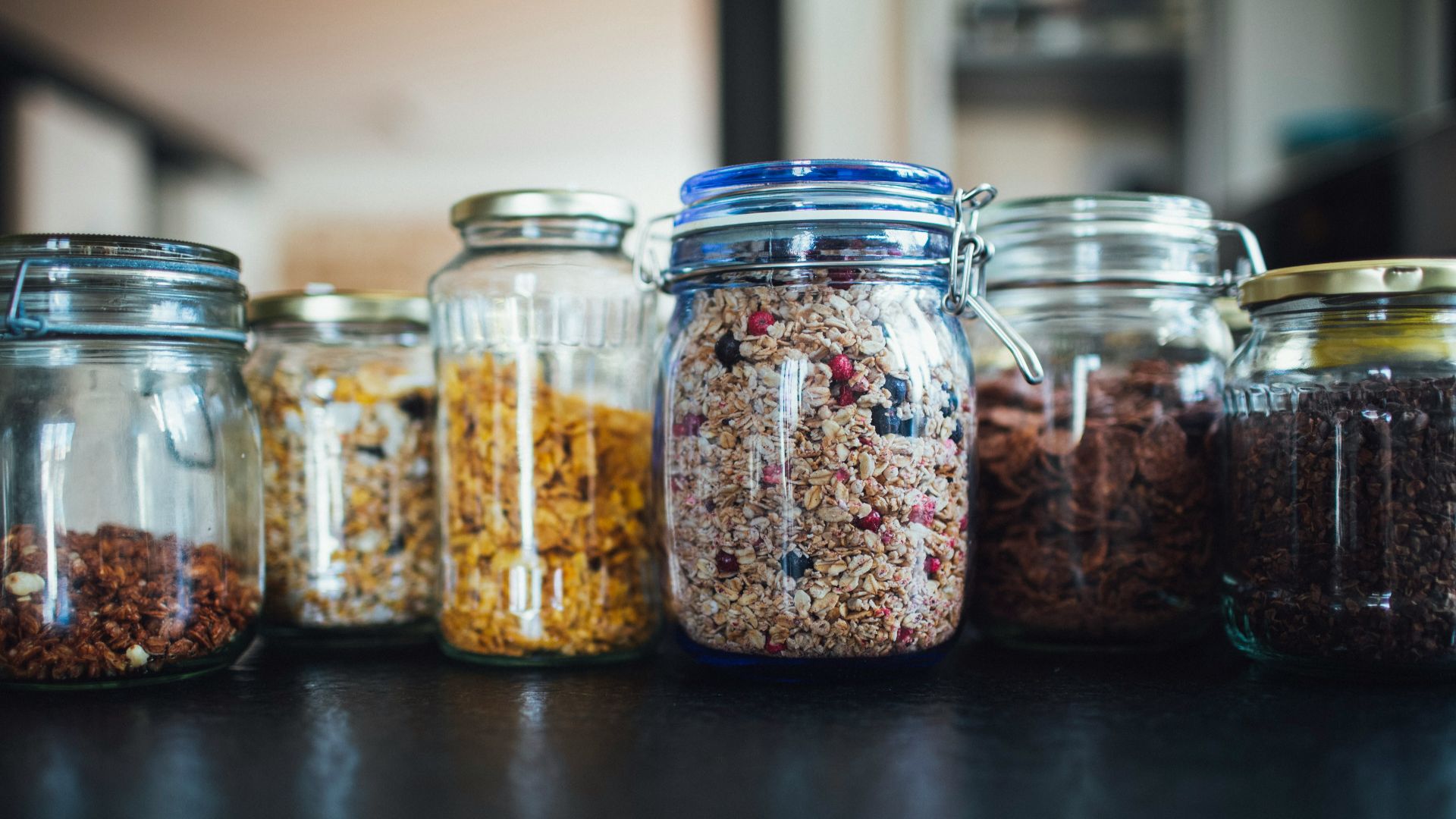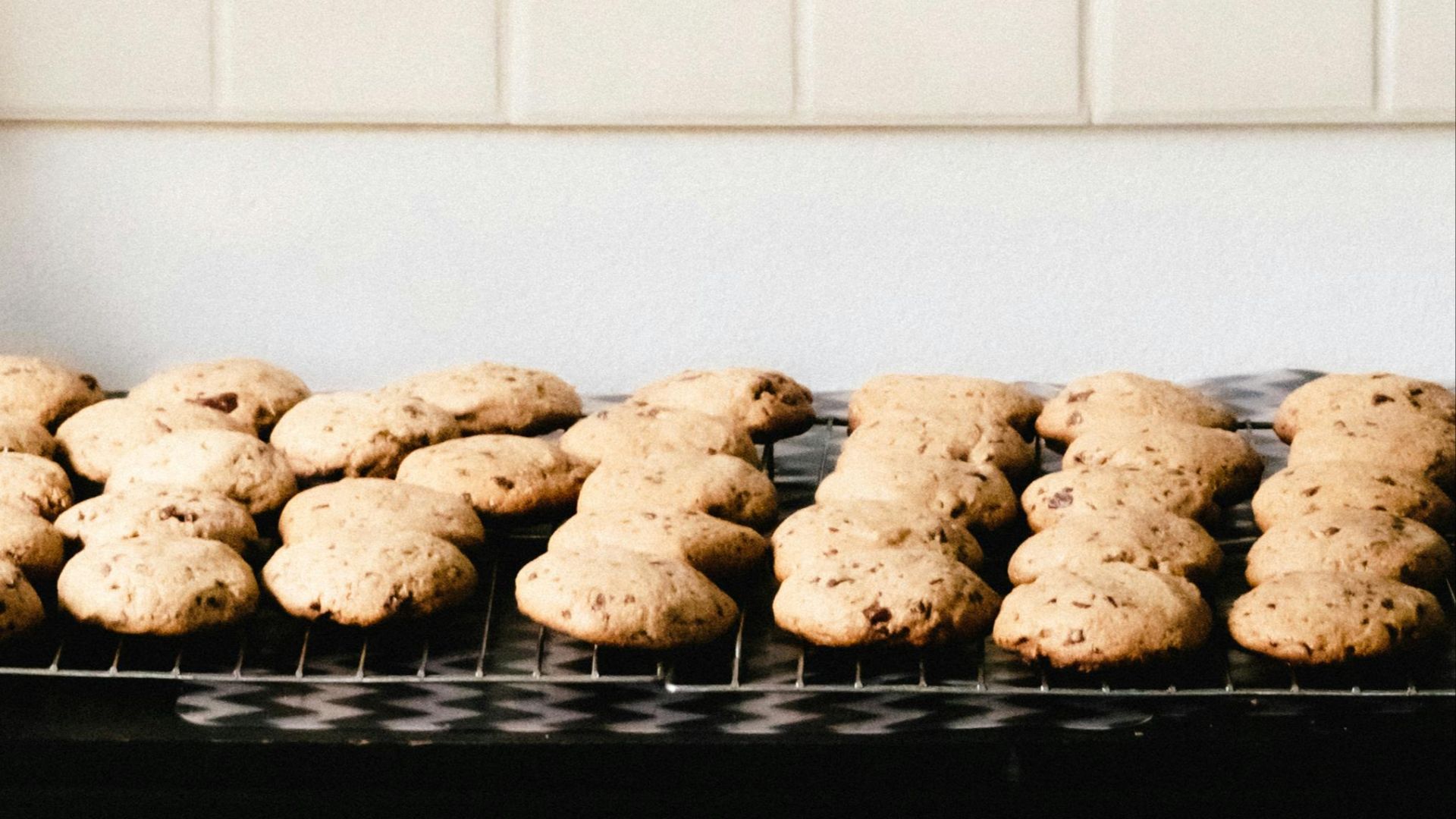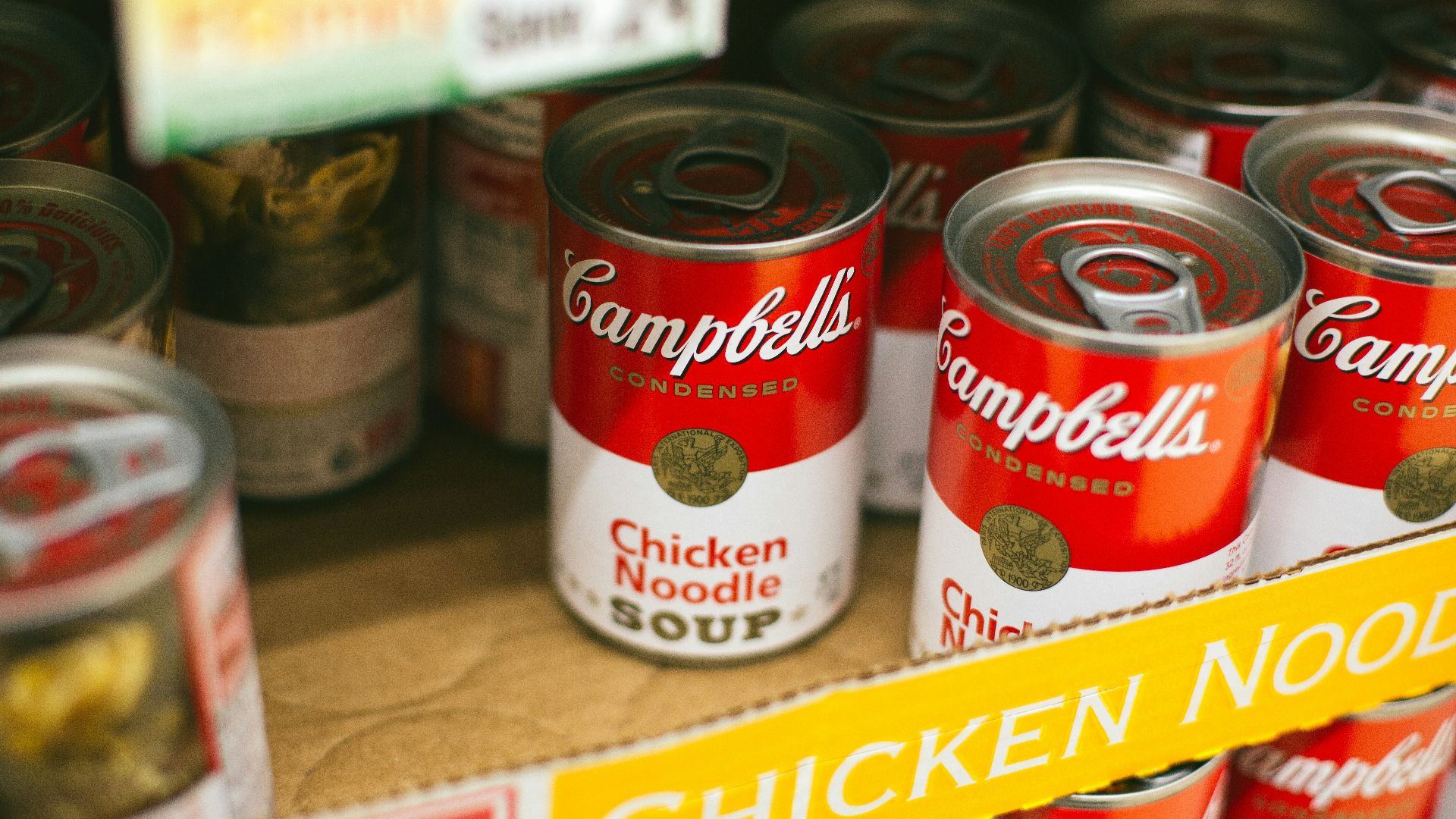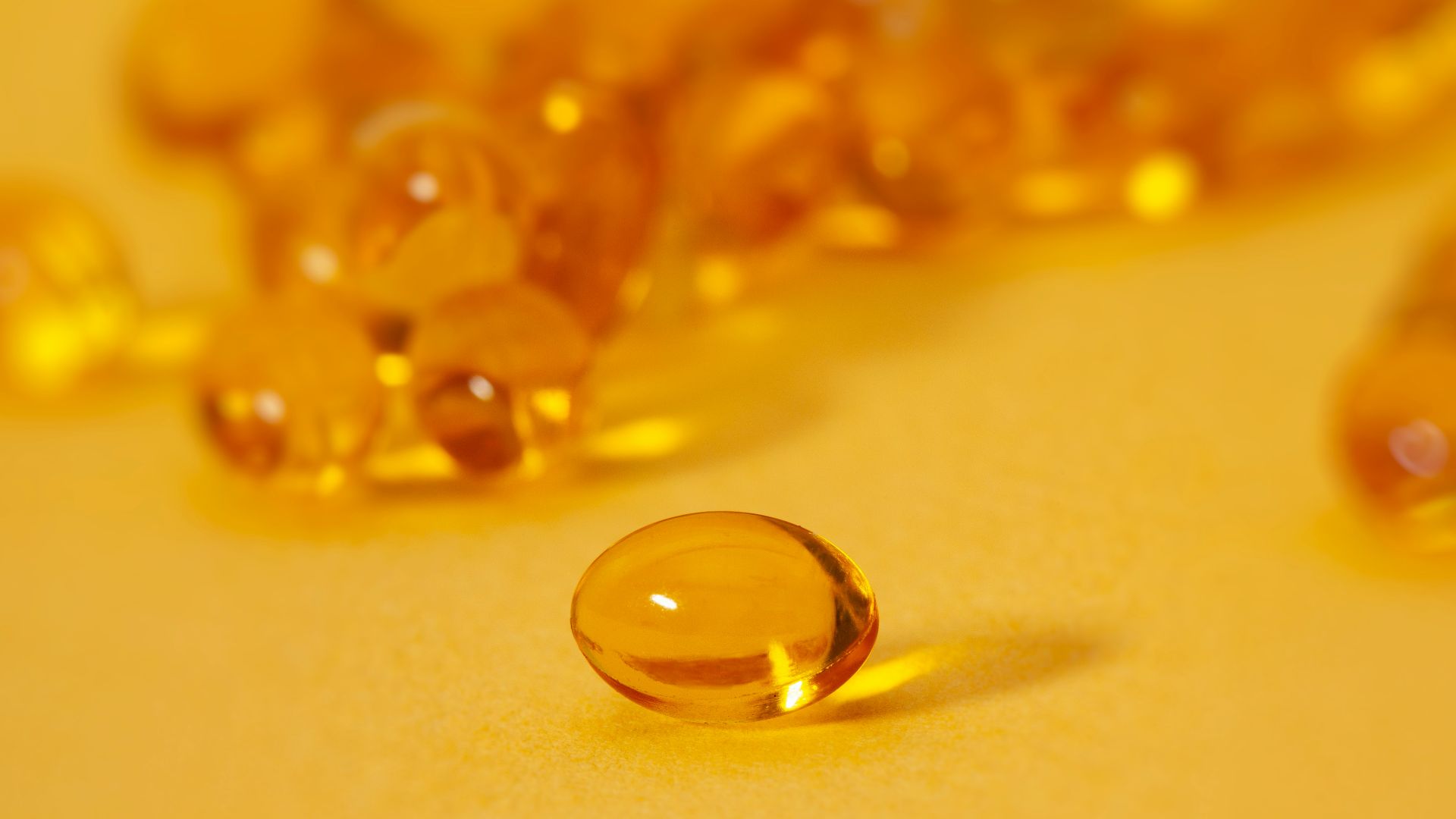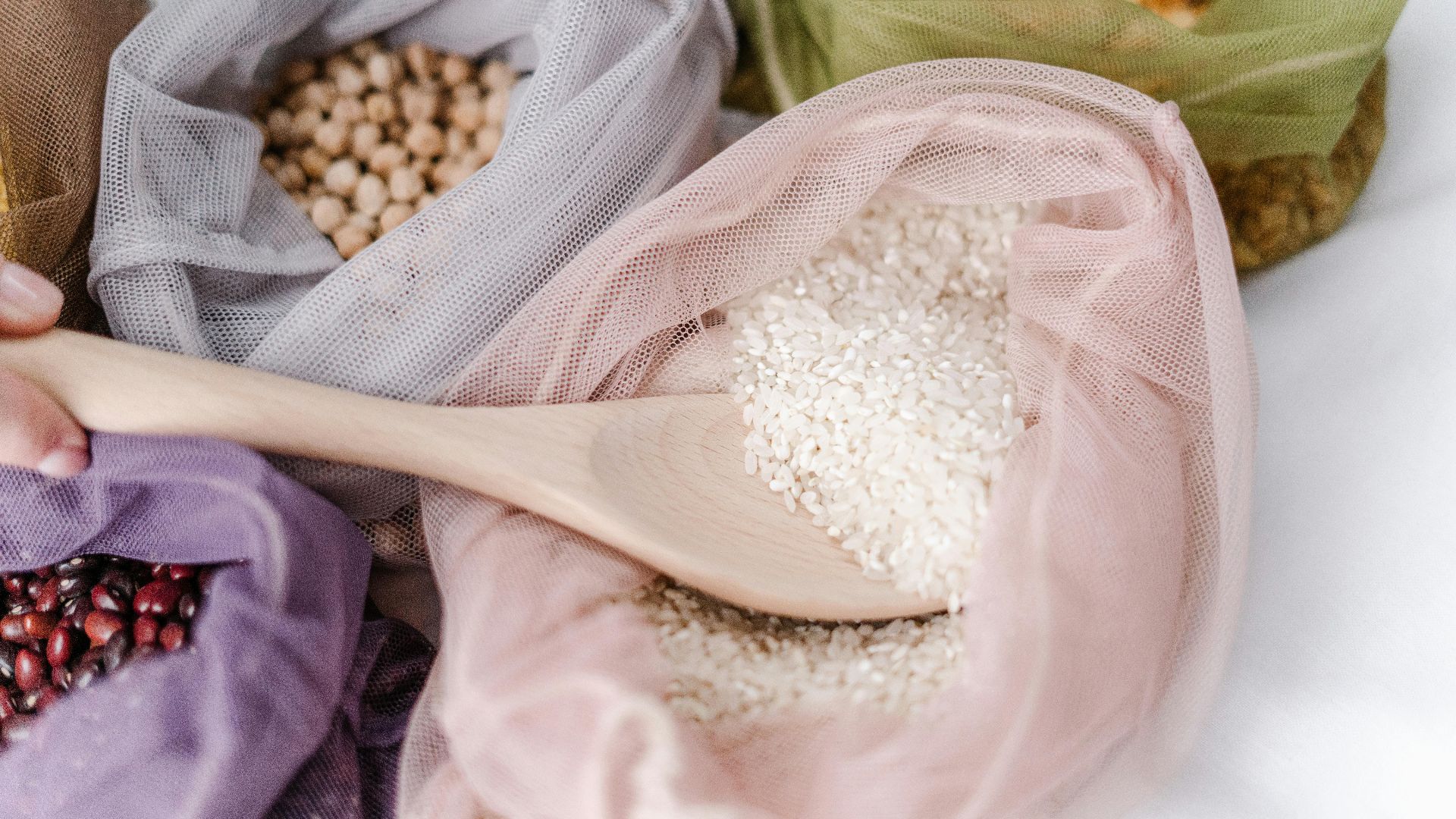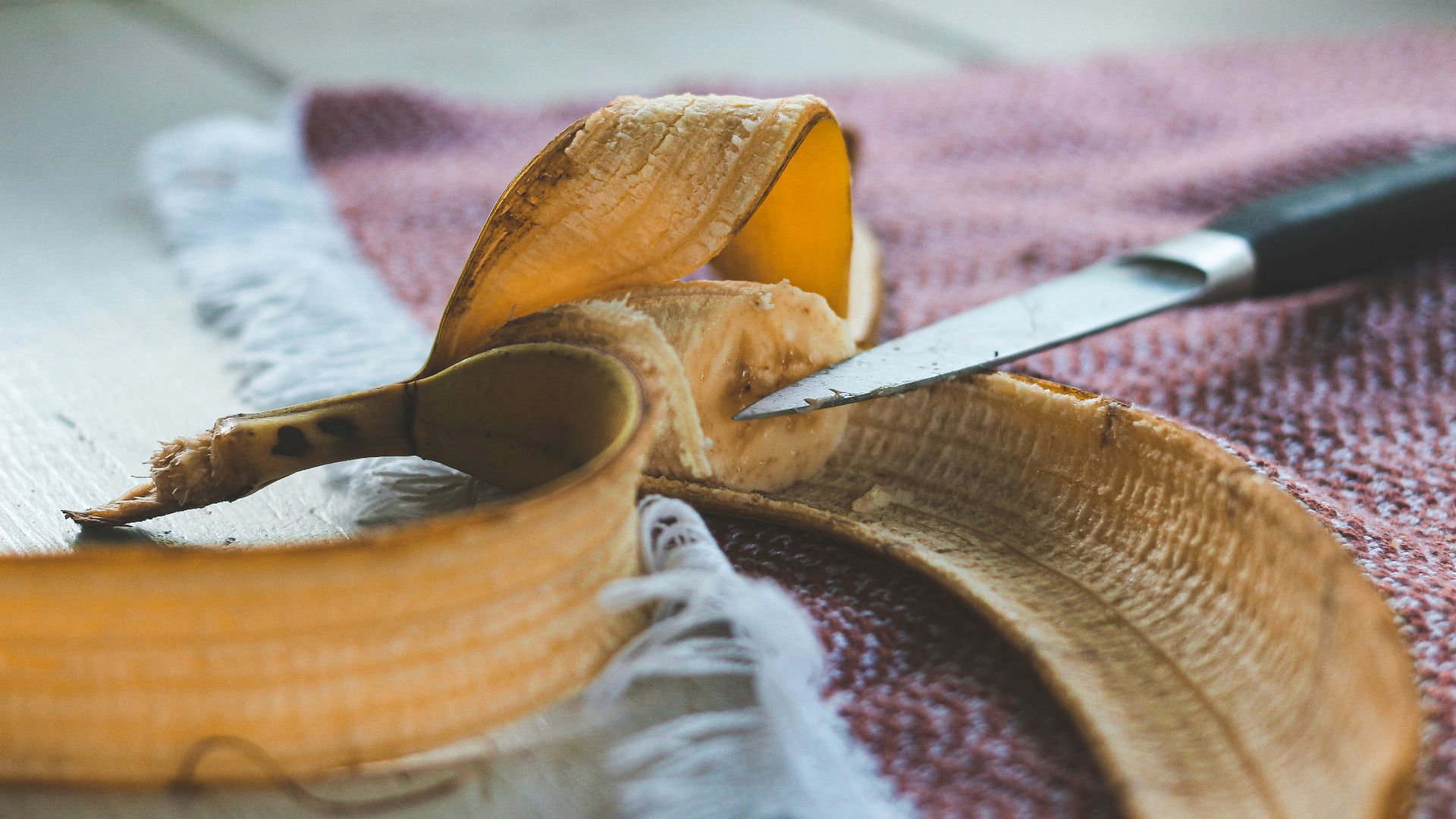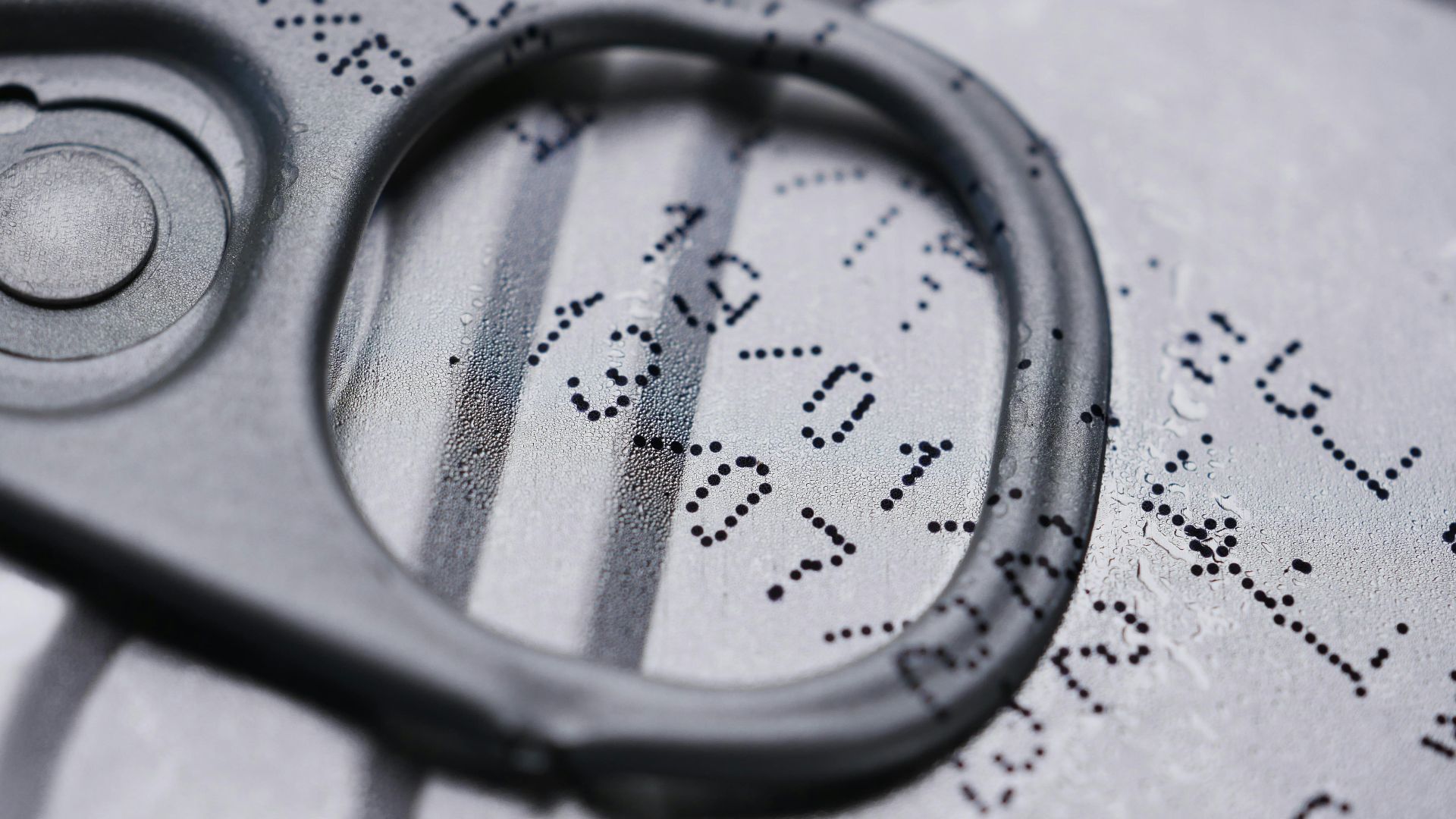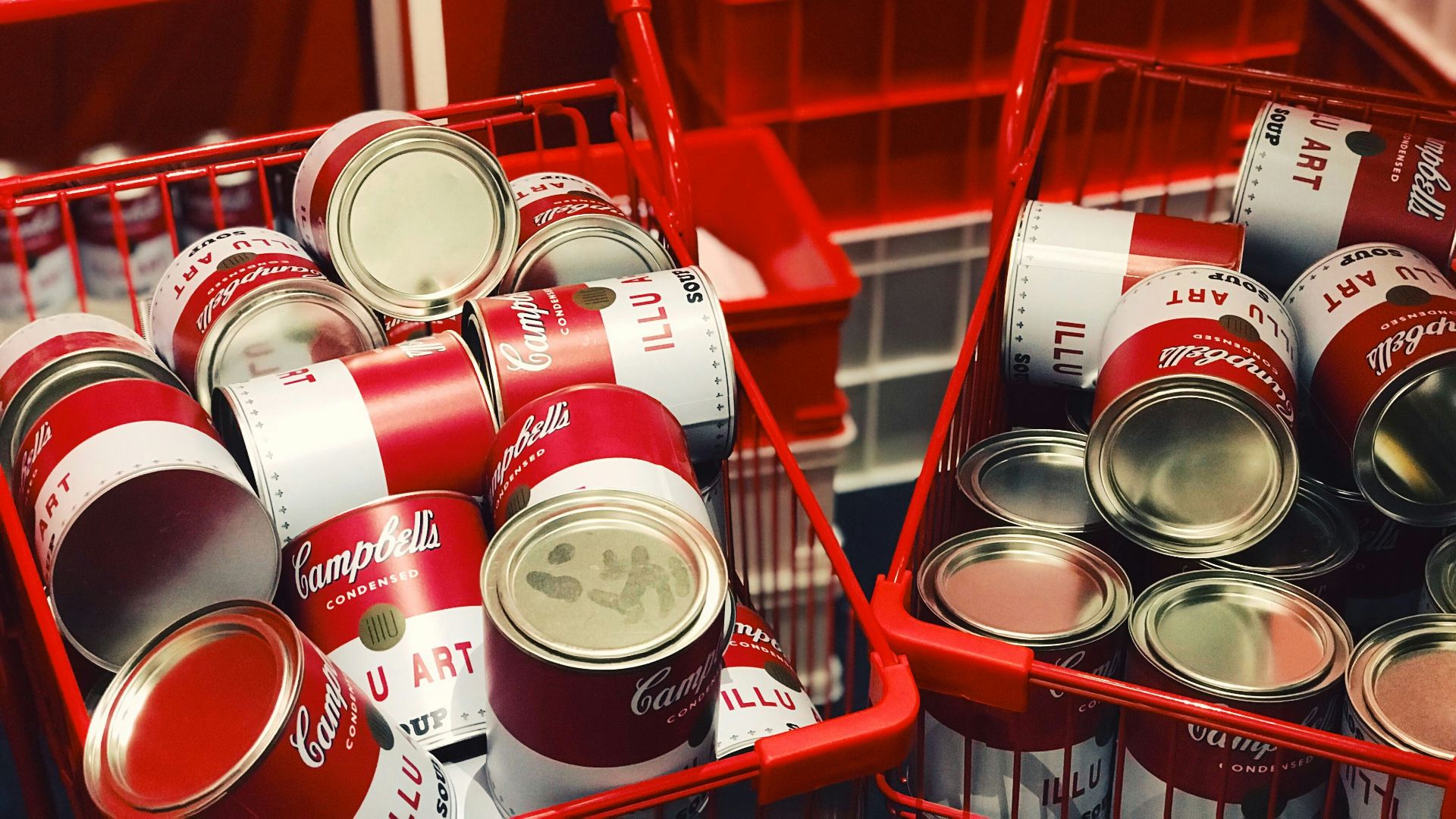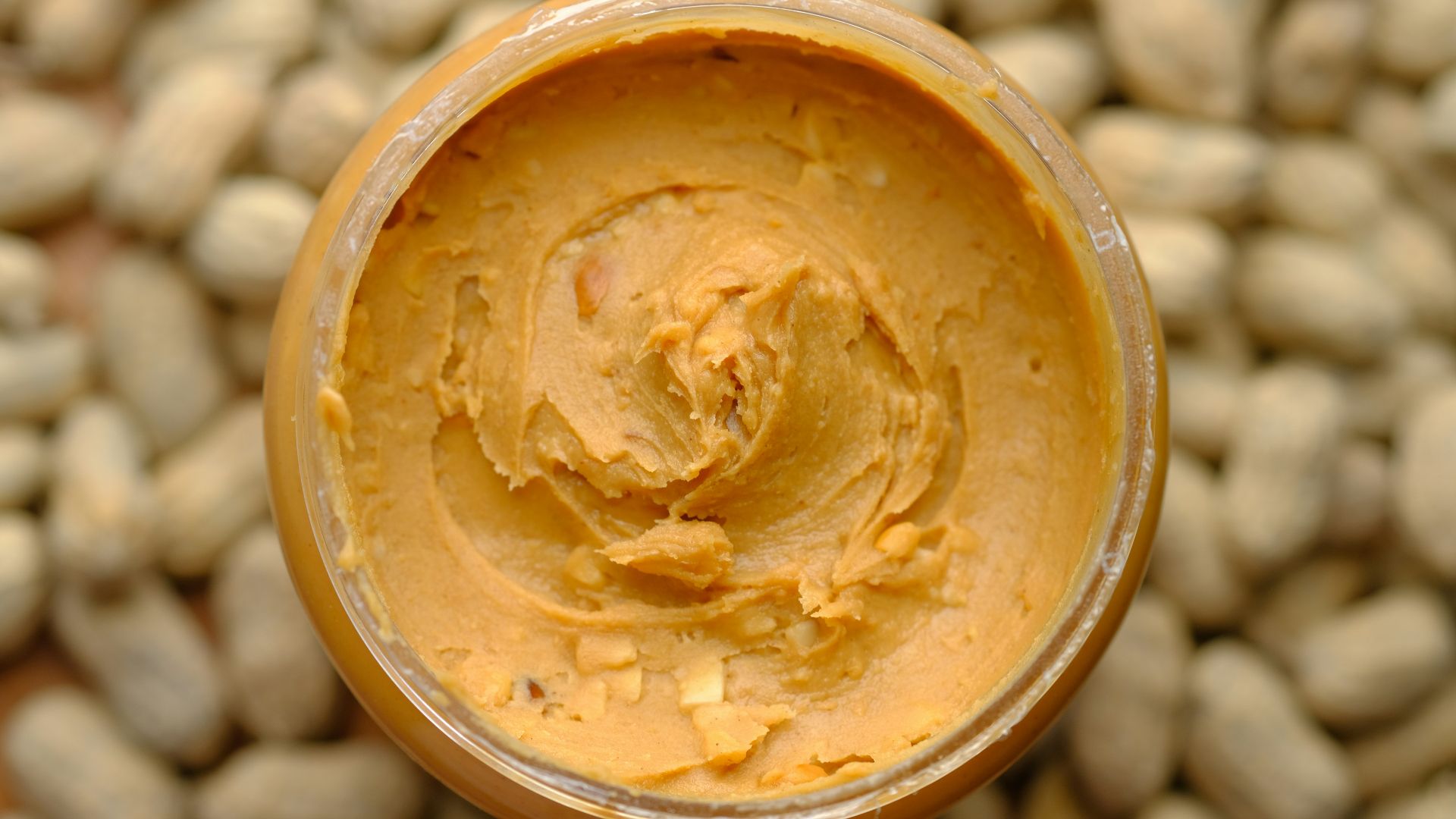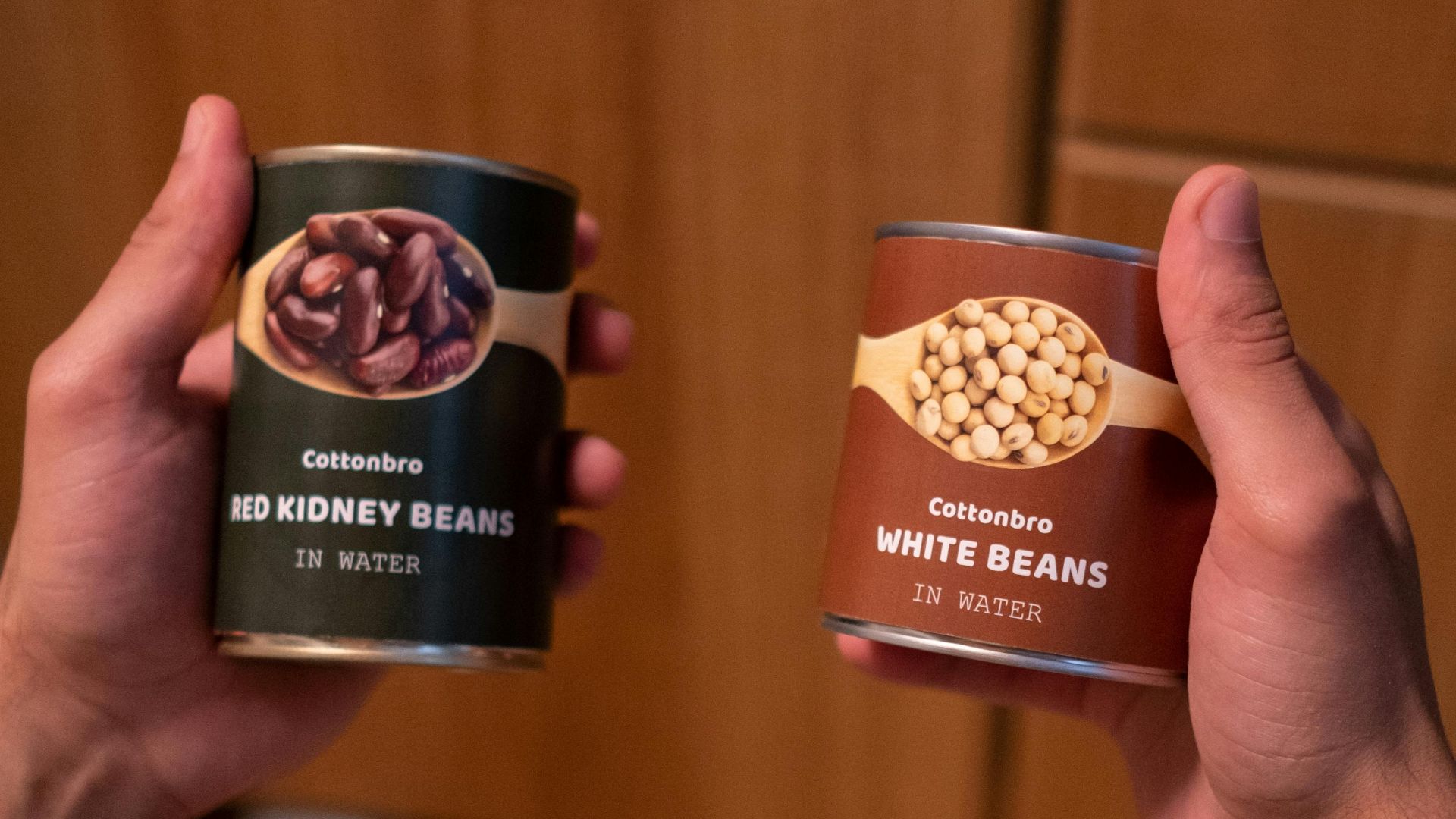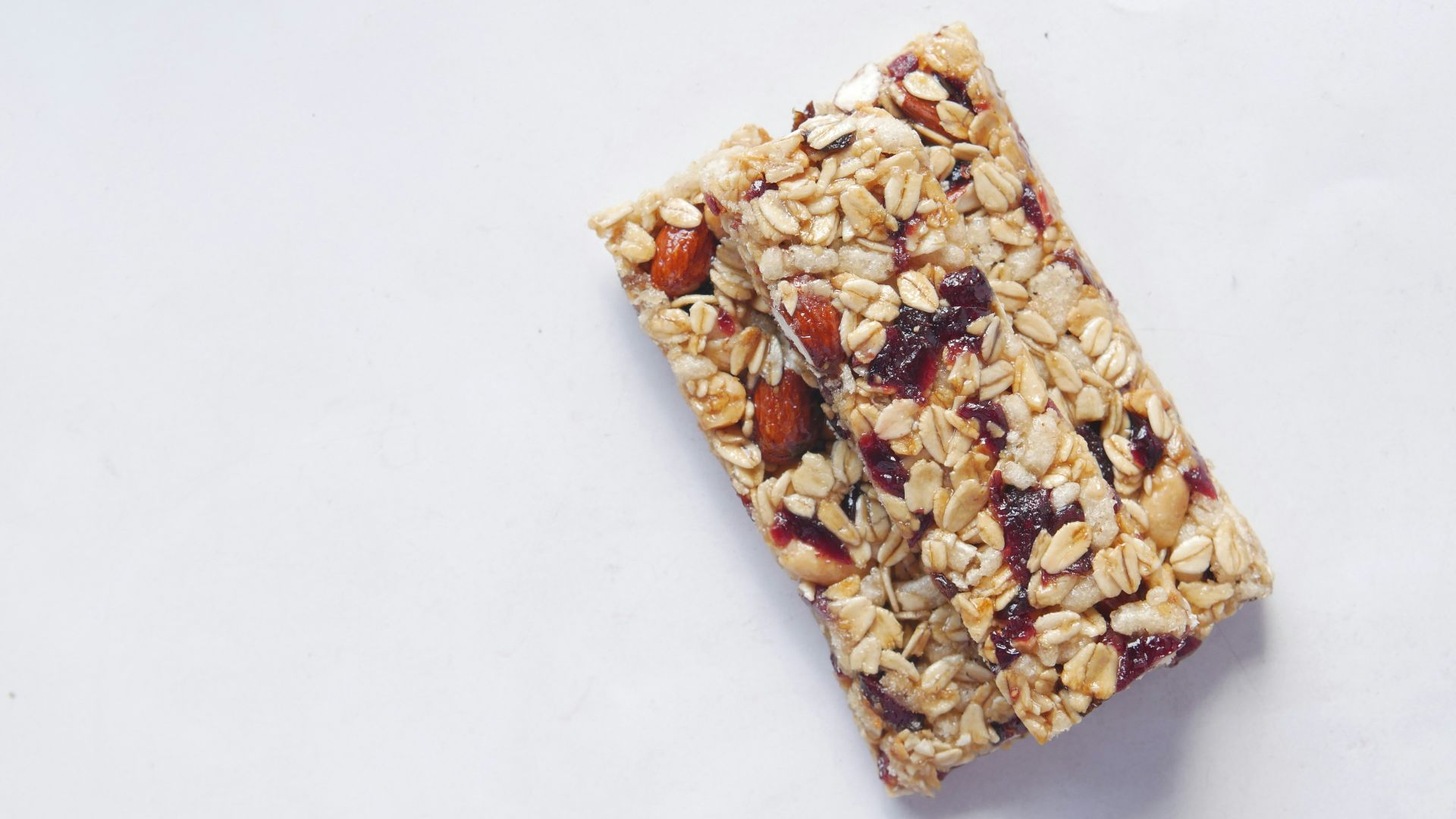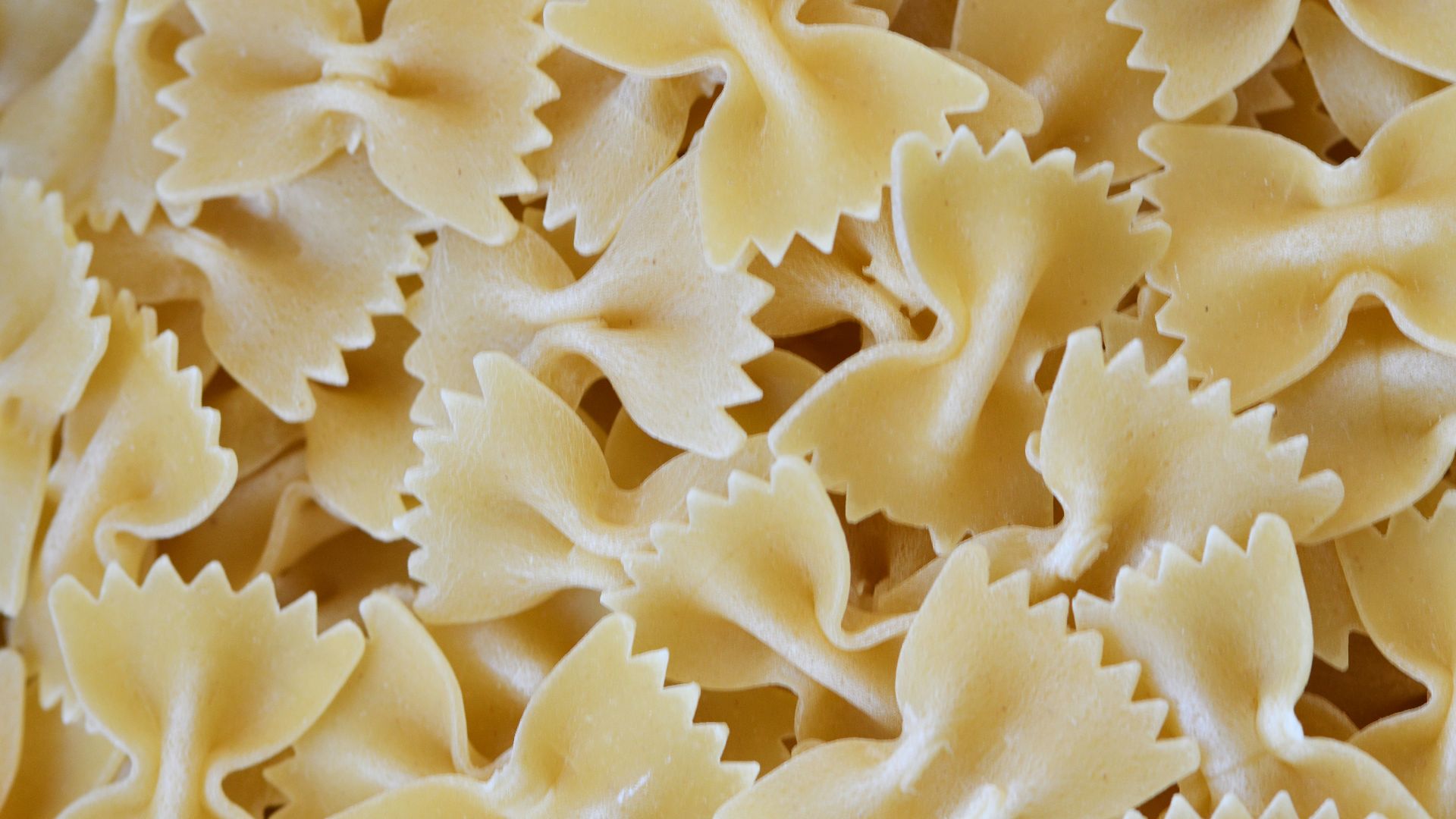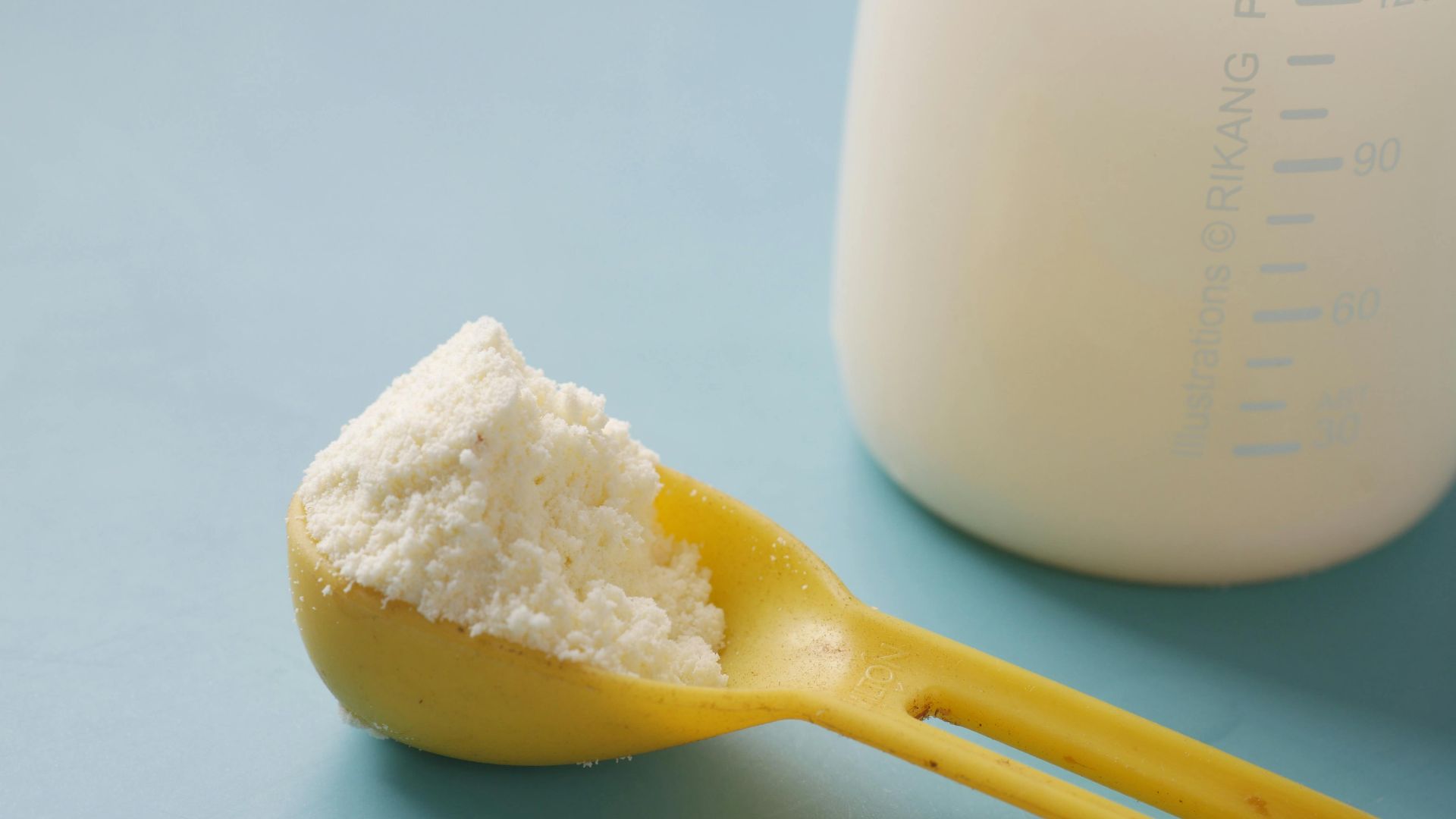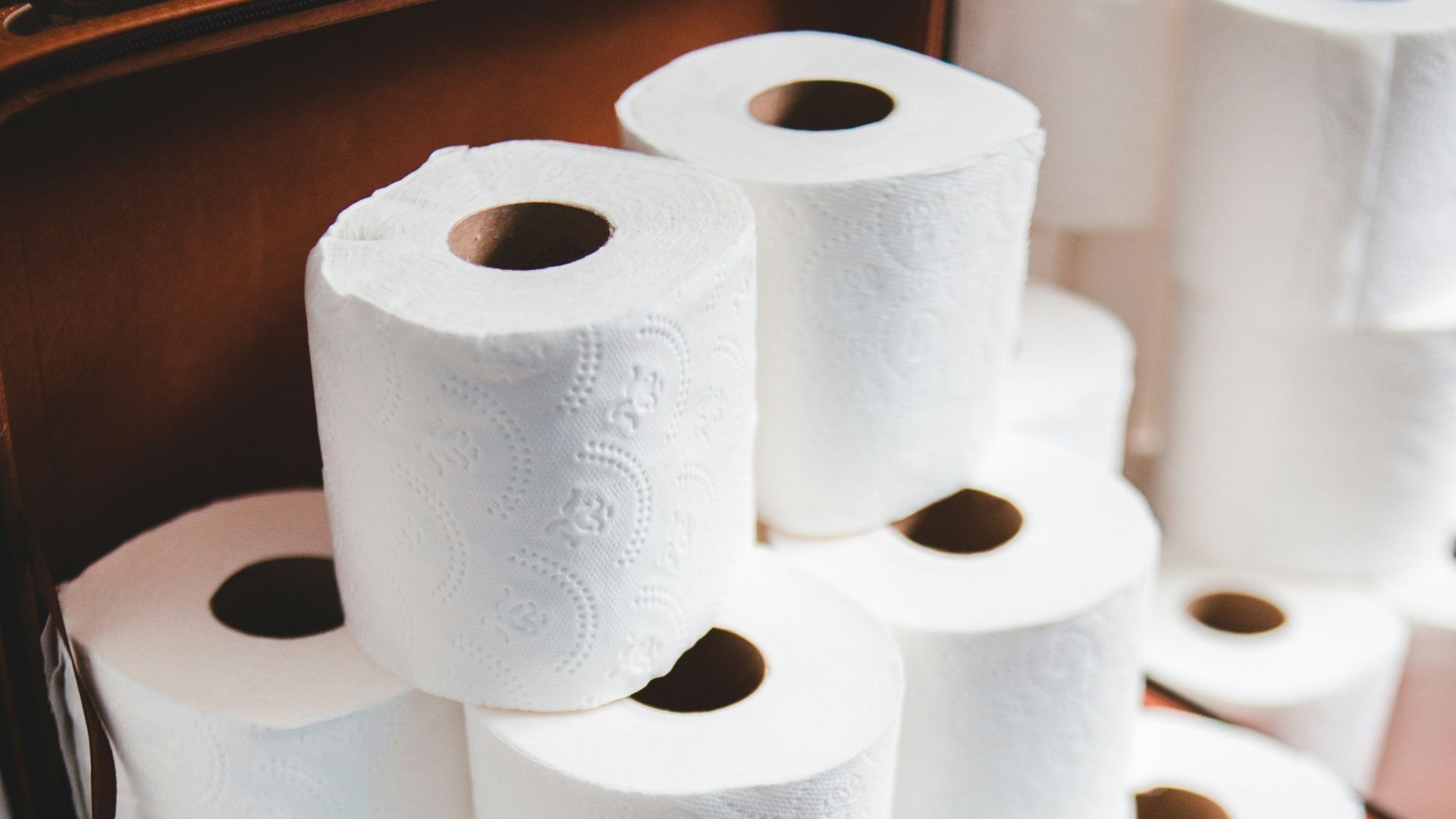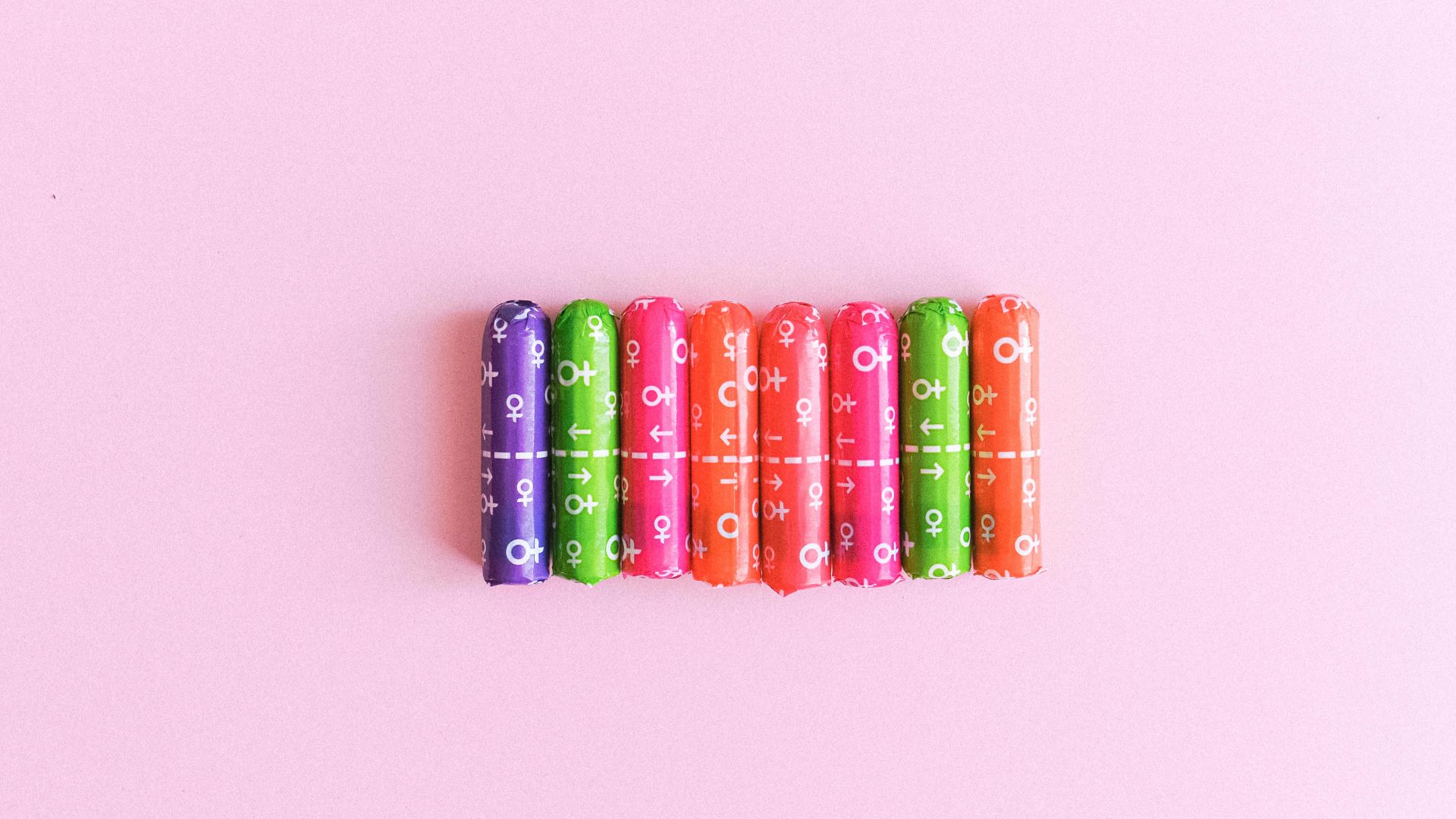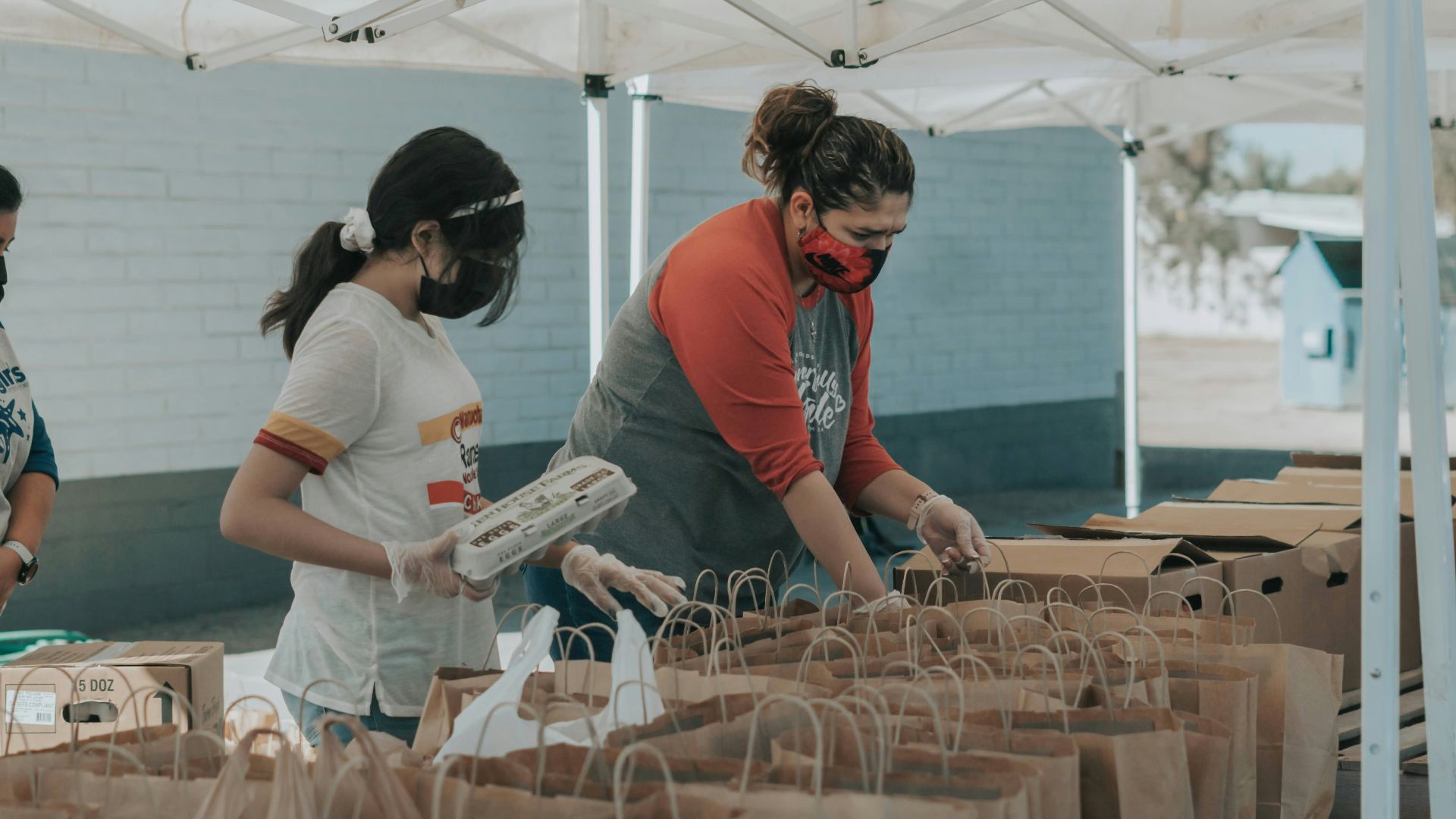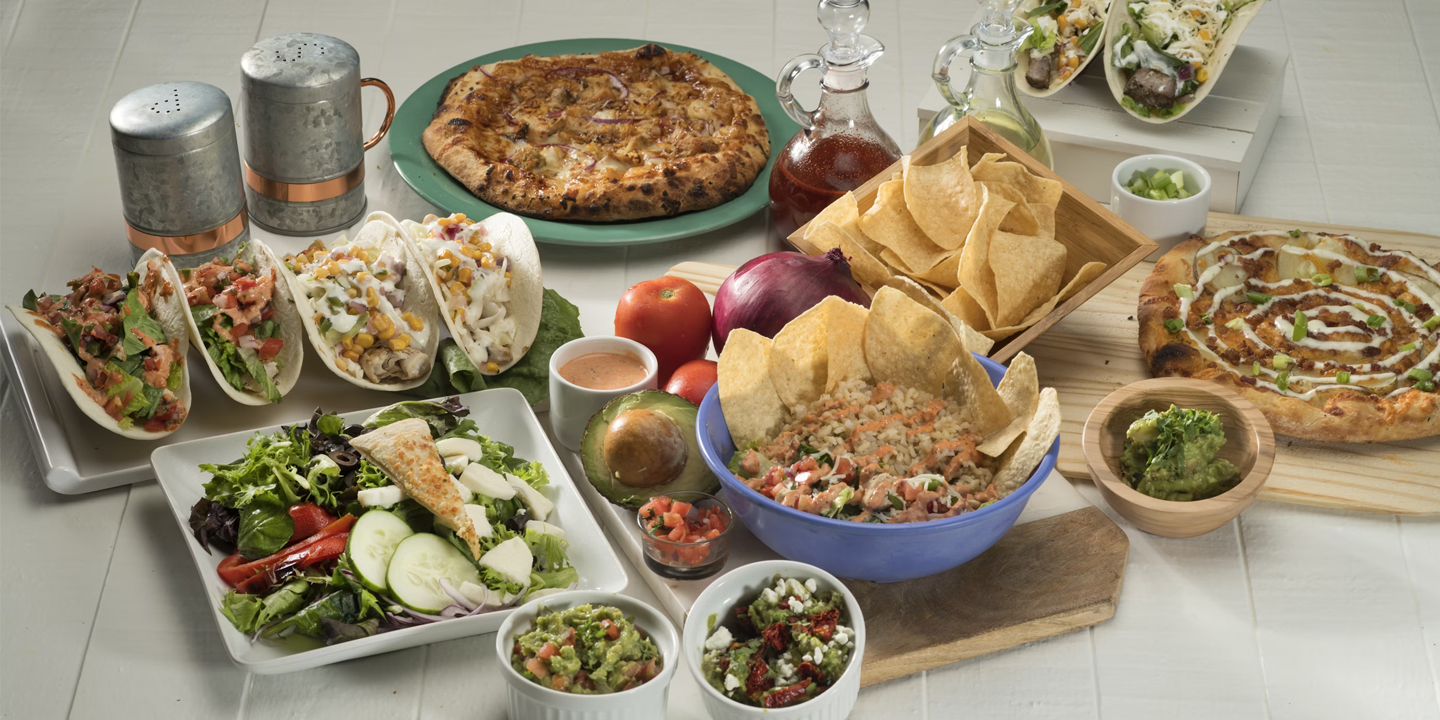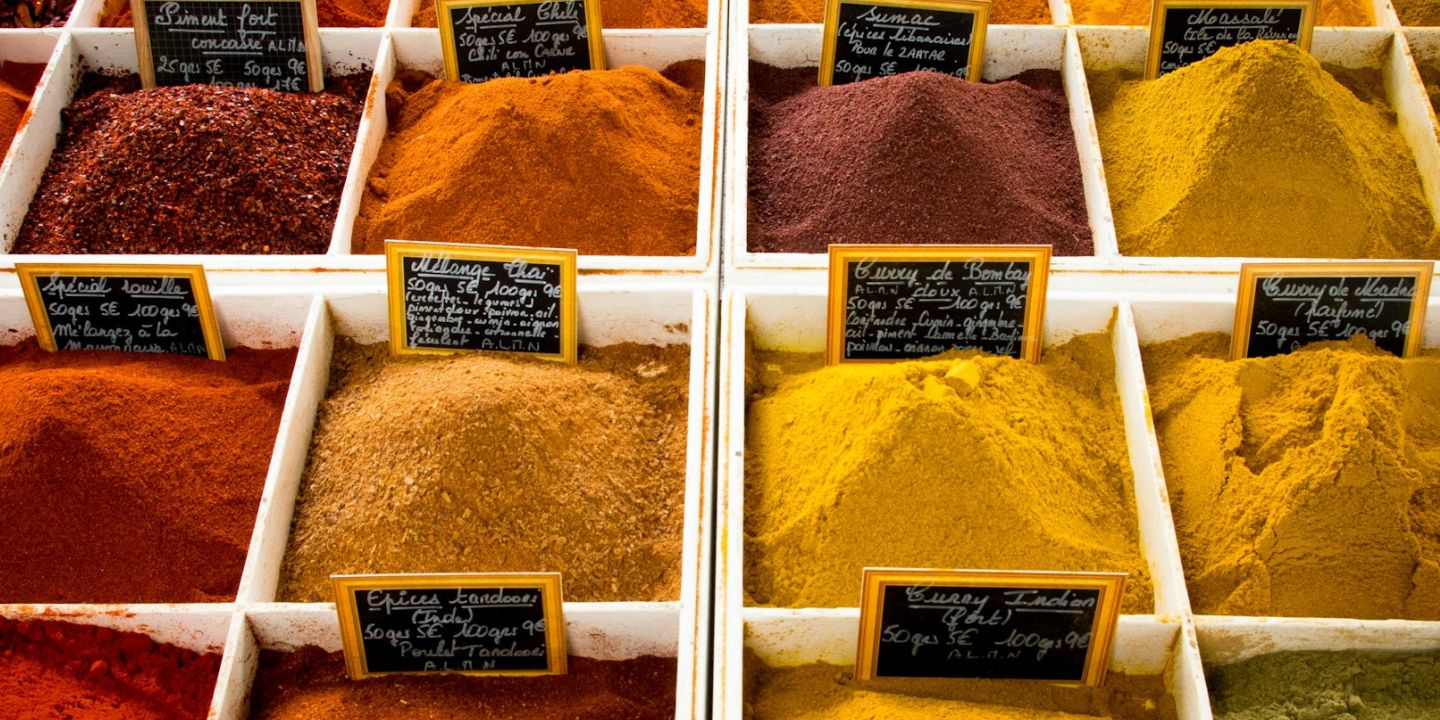How to Donate the Right Items Every Time
Food banks depend on charitable services and donations for families in need—but some items make a bigger impact. From dented cans and glass jars to peanut butter and toiletries, let’s talk about which items you should stop donating and which ones make the best options!
1. Refrigerated Items
We’d all love a good glass of milk or a delicious bowl of ice cream, but those items don’t make the best donations. Refrigerated goods aren’t easily transported to families, and shelters turn down chilled goodies to avoid spoilage or the potential for illness.
2. Anything in Glass Jars
A lot of good stuff comes in glass jars, but that doesn’t mean they’re good donation items! Broken glass ruins an entire hamper and can cause food safety concerns for the receiving family. It’s best to stick with pouches, cans, or boxes.
3. Homemade Food
Everyone appreciates a home-cooked meal, but those goodies aren’t accepted. Food banks can’t screen ingredients or preparation, so those delicious cookies won’t make it to anyone. Additionally, food banks can’t take items without proper packaging either.
4. Dented Cans
Before you donate items, stop and think about whether you’d purchase them for yourself. If the answer is no, don’t bring them in. Dented cans or pre-opened packages can easily burst in a family’s hamper and spoil the whole bundle. They’re also a major cause of food safety concerns.
5. Vitamins
While some food banks accept sealed dietary supplements or vitamins, not every one takes those items. To avoid any problems, it’s best to call ahead and see what products your local shelter needs and which ones they’ll actually accept.
6. Bulk Foods
On the surface, it makes sense to donate bulk items like bags of rice or flour—but not every food bank can split those portions across multiple families. Don’t worry! You can always donate family-sized items to ensure they get a good portion.
7. Leftovers
Leftovers fall into the same category as homemade goods. Food banks have no way to check ingredients or preparation, which means potential food safety concerns. To keep everyone safe, stick with properly packaged items.
8. Sugary Food and Drink
While soda and colorful cereal aren’t the end of the world, many food banks have started to ask for healthier alternatives. Try to donate nutrient-packed options over excessive sugar and unhealthy fats.
9. Expired Products
Many food banks warn against expired items or anything past their “best before” date. Shelters toss these items more often than not, so if you still think something can be eaten, it’s better to use it at home.
10. Items With Difficult Packaging
Today’s canned items thankfully come with pop-tab lids or resealable packaging, which is exactly what food banks want! Avoid donating items that require can openers or any special tool to get them open. Though people often donate openers, not every family has one.
Now that we’ve covered which items you can skip, let’s dive into the stuff every food bank looks for!
1. Peanut Butter
Peanut butter is always a hot-ticket item with food banks, so don’t be shy about grabbing a few extras. It’s high in protein, well-loved by children and adults, and doesn’t have much sugar (depending on the brand).
2. Canned Fruits and Vegetables
Food banks often request canned fruits and veggies, especially since they’re a healthier option. To grab the best items, stick with low-sodium or sugar-free varieties—as nutritious as they seem, some brands come loaded with all kinds of unhealthy additives.
3. Canned Protein
Food banks and families alike appreciate protein, and you just can’t beat beans, tuna, or canned chicken. Aside from their nutritional value, one of the best things about them is how versatile they are. Families can easily use them in multiple dishes and store them without hassle, making it a terrific donation option.
4. Healthy Snacks
Small, nutritious snacks work perfectly for families in need. Try to keep away from anything packed with sugar or preservatives and opt instead for healthier items like granola bars, crackers, and fruit cups.
5. Pasta
Everyone loves a good pasta night! As one of the highest-demanded items at food banks, you can’t go wrong with a good box of noodles. You can also reach for whole wheat or gluten-free options to assist families with food sensitivities.
6. Baby Food
When it comes to baby food or formula, it’s best to call ahead first. Baby food in glass jars usually isn’t the best choice and some formula might not fly either. However, pouches often make better options.
7. Toilet Paper
Food banks aren’t just about food—families appreciate toiletries like toilet paper, toothbrushes, and diapers. If you aren’t sure which foods make good donations, you can always stick with these simple items instead.
8. Feminine Hygiene Products
Speaking of in-demand toiletries, sanitary napkins go a long way with many families. Don’t worry, we know there are tons of brands and sizes to choose from! The best way to skirt around any confusion is to grab a simple multi-pack.
9. Financial Donations
If you’re truly stumped on what to donate, you can always stick with cash. Financial donations go a long way and give food banks the resources they need for operational costs and specific items.
10. Volunteer Hours
Of course, sometimes the best thing you can donate is your time. Food banks rely on charitable folks to help them bundle hampers or sort through food—and year-round service keeps things running smoothly.
KEEP ON READING

20 Foods With Shocking Origins You'd Never Believe
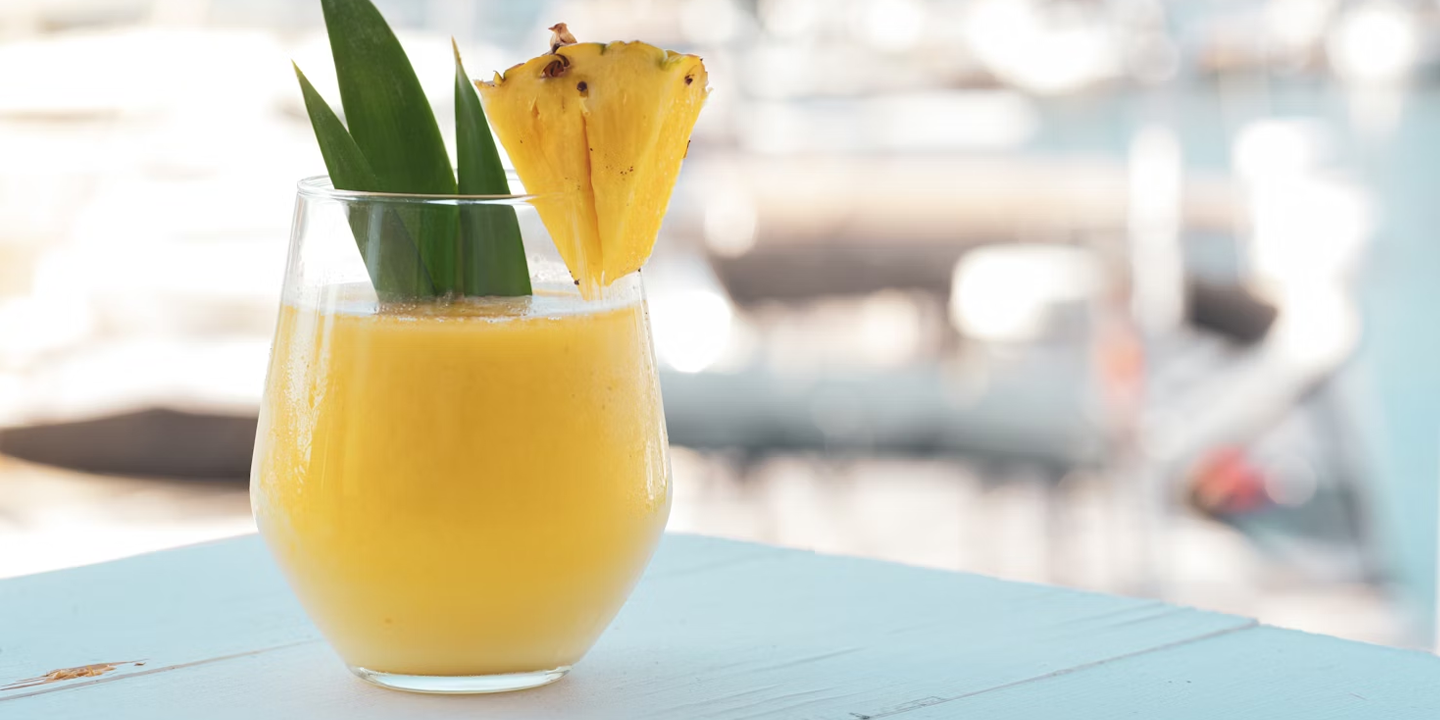
20 Fun Drinks To Make That Just Scream Summer

